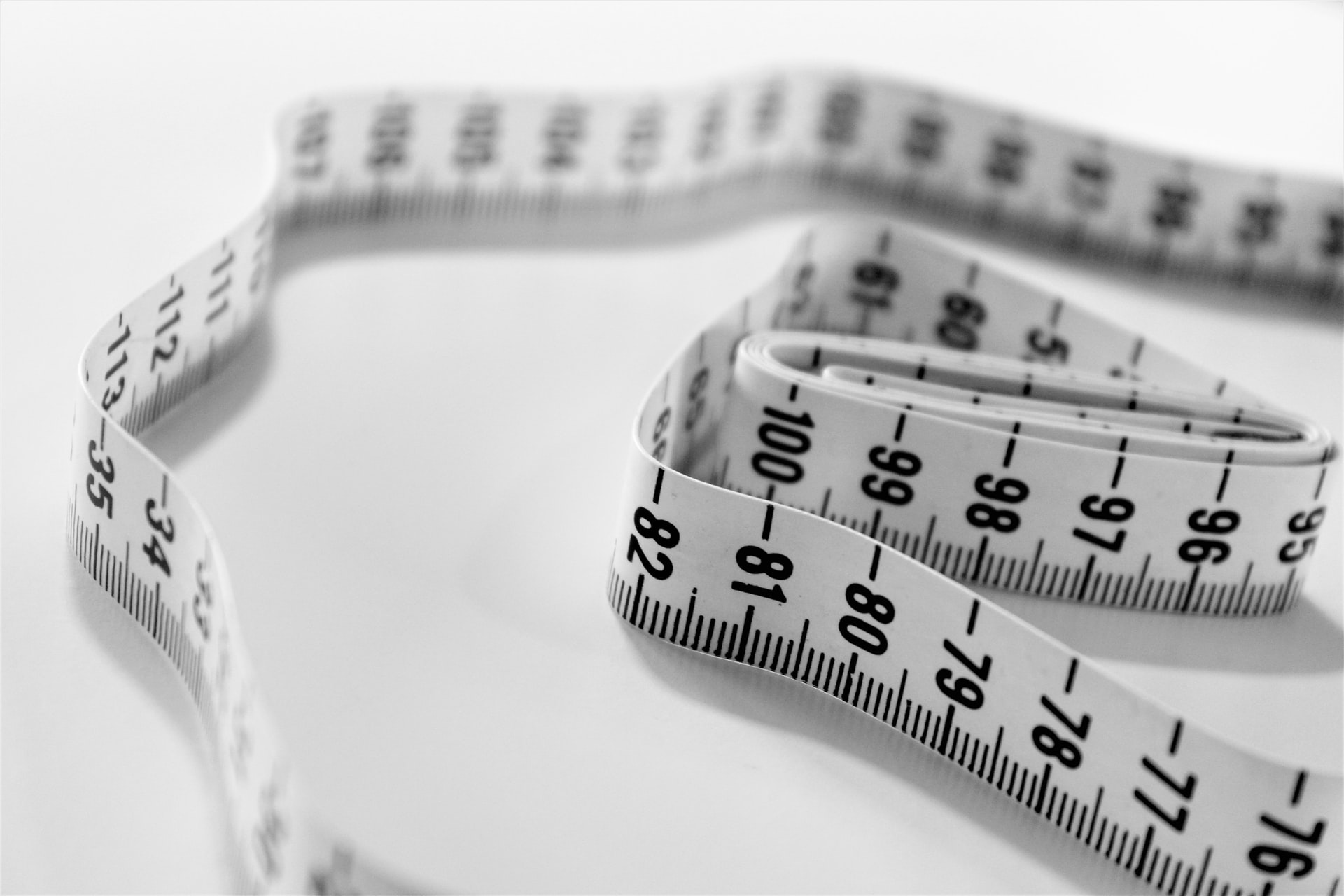Many doctors use a population-based “surrogate” number to singly assess a patient’s body mass and to implicate health risk. Simple inputs for that proxy estimate or “mass” index are one’s height and weight.
To give credit where credit was due, Dr. Alfonso Quetelet was an amazing 19th century statistician. His Quetelet Index for “the average man” was re-phrased as “Body Mass Index or BMI” by scientist Ancel Keys in 1972.
Individual men [and women] have been classified as “underweight, normal, overweight or obese” via BMI estimations for a half-century. Note that three of these four body mass descriptors are for weight rather than fat.
Males (or their physicians) may subjectively correlate their BMI indices with body fat levels, which may or may not be accurate.
It is interesting that some reported samples in Dr. Quetelet’s research were young prisoners and military conscripts. Older folks and women, non-Europeans, plus muscular athletic samples were undocumented.
Note: One merit of BMI is that individual index trends are important.
What Has Happened Since 1832?
Men have gotten slightly taller, and much heavier. Despite increased BMIs, men are also living longer, decades longer.
Conventional wisdom is that BMI continues as a standard health predictor, partly because it is easy for doctors to calculate.
That conventional wisdom is also skewed, as methods offered below are just as simple.
Viva la difference!
Case: This author was told by his primary care doctor that he was borderline obese by the BMI “scale – despite a measured body fat of 11 percent.
BMI was a potential misleading indicator for cardiovascular disease (CVD) as the author has a credible “HEART AGE” which is 13 years less than his calendar age.
And BMI was too simplistic as his risk index for mortality.
- The credible livingto100calculator from Dr. Thomas Perls suggests that this author may become a centenarian.
- The equally credible American Heart Association Calculator estimates his CV Risk is 10% for the next decade (for ages 68-77).
This case is a singular example of a potentially misleading “easy” index, and of a doctor not understanding the vigorous lifestyle or true body composition of his patient.
Beyond BMI
Health professionals now recognize that a male’s tendency to store dangerous white and visceral fat around his middle (waist) better marks mortality risk than is a standalone “surrogate” index.
That is a new normal.
Big waist equals big male health risk. A male’s high weight or body mass doesn’t.
Males with waist measurements of 40 inches or more are truly “high risk” for CVD, and possibly some diet-influenced cancers.
Note that CVD and Cancers are the two leaders for all-cause mortality in America.
“Waist circumference … used as an indicator of health risks associated with visceral obesity.”
Ref: Ned Tijdschr Geneeskd. 2004 Nov 27;148(48):2379-82.
A very effective way to assess health risk is to look at a full-length mirror (with shirt removed). One can (and should) use a simple two-part measure to gauge mortal danger.
- First, measure your waist – half-way between your hip (iliac) crest and lower rib cage. Record that current measure.
- Then measure the widest circumference of your hips. With this second measure as denominator, calculate the Waist (numerator) over Hip Ratio – or WHR.
If a male’s current waist measurement is bigger than his hips – he is at HIGH RISK for the top killer of adult men – Cardio-Vascular Disease.
Suggestions
- Look at the man in the mirror.
- Grab a tape measure, then candidly act if you’re not happy with the WHR result.
- Discount “surrogate” BMI as a mortality sign or singular male health marker.
How Can Men Improve Their Waist-to-Hip Ratios (WHR)?
Detailed steps which are proven to help men improve their vital WHRs are an entire topic in itself. At the highest level, any, and all these three factors will lower male WHRs:
- Change the Energy Equation: Plan and execute timed exercise and diet to shed central obesity and lower waist circumference.
- Hypertrophy: Plan and execute Gluteal and Hip exercises to add muscular circumference to hips.
- Tighten one’s natural Corset: Regularly tone and tighten bodily mid-sections with Deep Core exercises for: a. Tranversus abdominus, b. Internal obliques and c. Psoas skeletal muscles.
With proper investment in a combined exercise and diet project, males can improve their physical appearance and lower mortality risks.
Photo by Siora Photography on Unsplash




